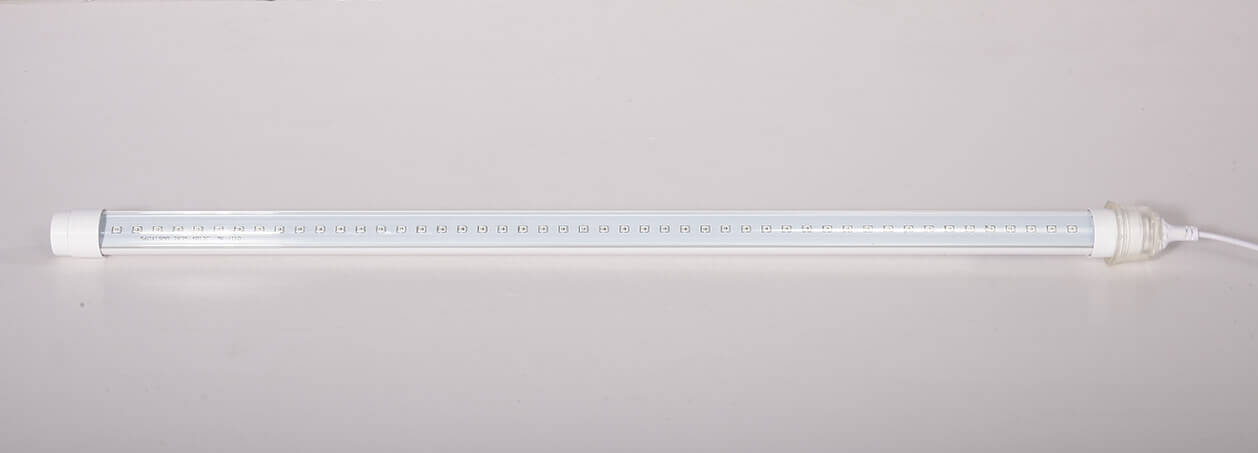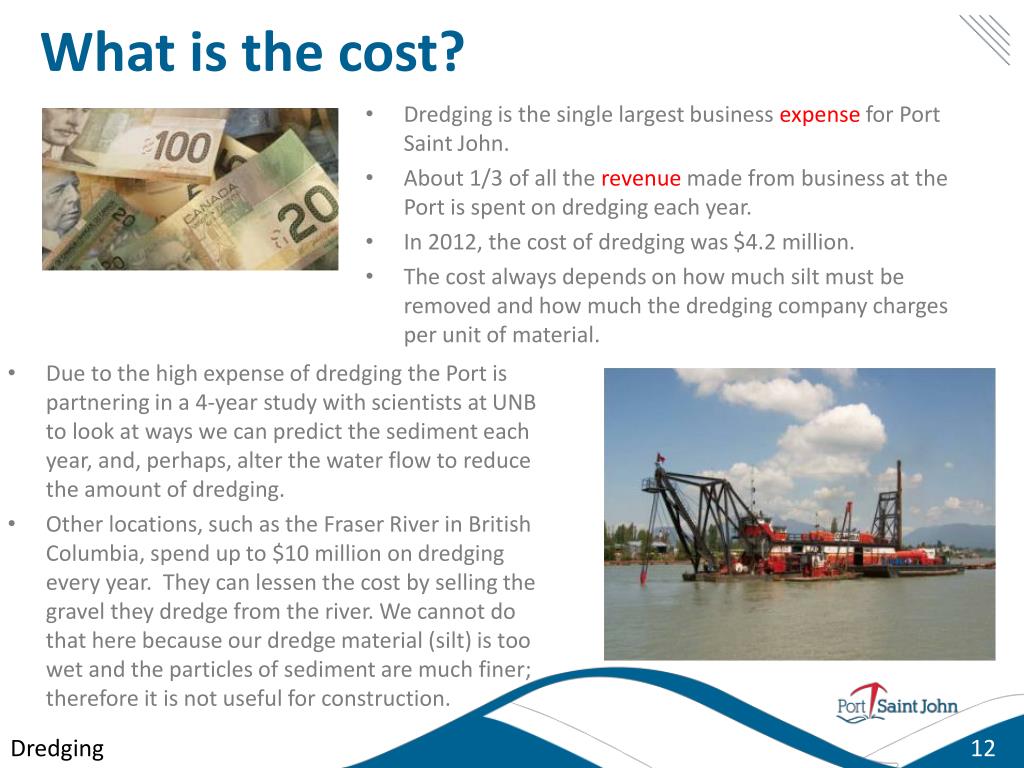

This shows that improvements to water quality can be made when actions are targeted. Mary Gurrie, Programme Manager, added: “Improvements in water quality are being made, particularly in the priority areas for action where there has been focussed action to restore water quality in the past three years. The EPA says that the number of waterbodies impacted by agriculture has increased in recent years. These activities can lead to run-off of nutrients, sediment and pesticides and damage to the physical habitat of waterbodies. The main pressures on water quality are agriculture, physical changes such as land drainage and dredging, forestry activities and discharges from urban wastewater.

While the decline in water quality of our rivers and lakes is relatively small (one and three percent of waterbodies respectively), the number of estuaries and coastal water bodies in satisfactory condition has decreased by almost 16 percent and 10 percent respectively. Only just over half of rivers, lakes, estuaries and coastal waters are in satisfactory condition. The report shows that water quality in Ireland is not as good as it should be.

This project was included in the EPA’s W ater Quality in Ireland Report 2016-2021, published today. In response to the issue, the Environmental Protection Agency has recommended a national cross-agency forum to focus on the appropriate management of spent sheep dip to prevent environmental pollution. Although cypermethrin has a low toxicity for mammals and birds, low concentrations of cypermethrin are found to have detrimental effects on aquatic ecosystems, as aquatic invertebrates and fish are highly sensitive to cypermethrin.


 0 kommentar(er)
0 kommentar(er)
